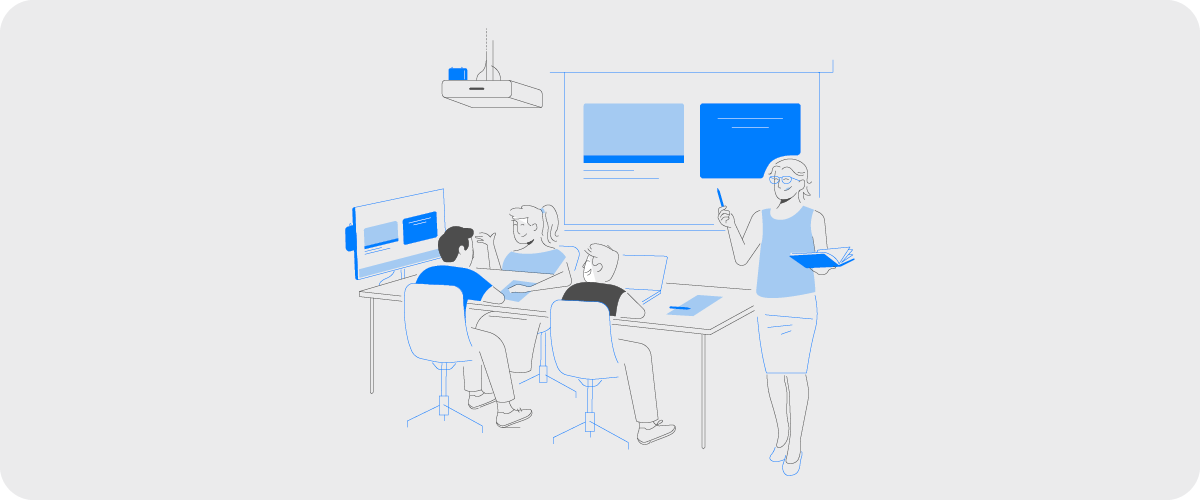
To put it simply, hybrid learning is an approach in which a teacher conducts a class with both remote and classroom-based students simultaneously. What is not so simple is how to deliver it.
Both groups have different needs. They have access to different tools. They need to be engaged in different ways. So when you need to teach two such disparate groups of students, where exactly do you start?
It’s all in the planning
Planning is the most critical component of hybrid learning. During the process, teachers need to consider the content, how students are likely to consume it and, therefore, the best way to deliver it. Certain types of activity lend themselves better to synchronous learning, whereas others can only be delivered to both groups asynchronously.[i] Taking time to consider which types of teaching are most appropriate for a particular topic enables the educator to maximise the impact of class time. It also helps them ensure those working at home are not left in a position where they cannot contribute or follow what is happening.
Suggested models
While there’s no single, standard approach to hybrid learning, the current thinking is summarised well by College professor John Spencer. He suggests five models to explore in a hybrid learning environment.[ii]
The Differentiated Model
Remote and in-class students engage in the same lesson synchronously. A good example would be a lecture or class where the teacher introduces a concept for students to absorb. To work effectively, all students need to view the content in the same way—e.g., a live presentation or a pre-recorded video. They then split into groups to discuss what they have seen in either virtual or actual rooms.
The Multi-track Model
Students participate in the same lesson but are divided into cohorts that rarely interact. For example, if a concept needed group discussion, each virtual student could watch a pre-recorded video and then form a team. In this model, it would consist only of other remote learners. The remote and class-based learners never interact.
The Split A/B Model
Students alternate between at-home and in-person learning. Most learning in this model is asynchronous. Having students attend school on different days to maintain social distancing is now relatively common. Some schools roster students for home learning several days per week. In this model, those at home primarily work independently and then discuss the work they have completed—and raise questions—once back on site.
The Virtual Accommodation Model
A group can function and engage virtually but still joins the classroom in video chats. This is geared towards a small group working remotely. The class effectively makes compromises to allow them to do so. In this situation, a handful of online learners become and interact as a group. The problem of virtual students raising questions is overcome by appointing one class-based student to act as a liaison.
The Independent Project Model
Where a face-to-face session just wouldn’t work online, the virtual student is set an independent task. In this situation, online students work through tasks at their own pace and follow an individualised learning plan that has been created by the teacher.



